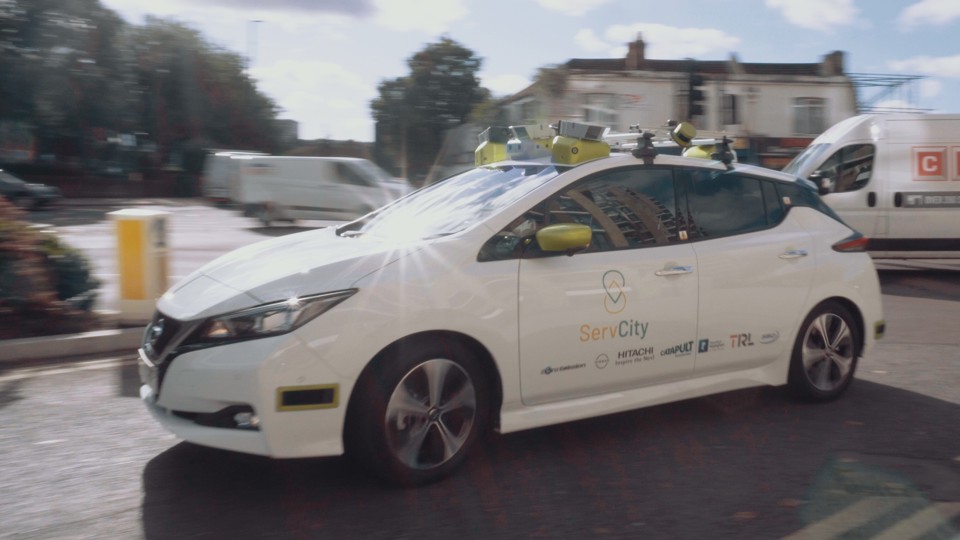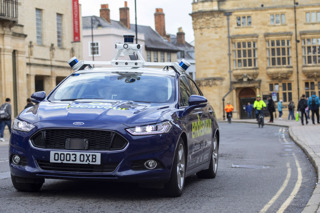A new autonomous mobility service research project has begun its testing phase on the streets of London.
The ServCity project aims to find ways to help cities harness the latest autonomous vehicle technologies and successfully incorporate them into a complex urban environment.
It’s jointly funded by government and industry, the government’s £100m Intelligent Mobility fund is administered by the Centre for Connected and Autonomous Vehicles (CCAV) and delivered by the UK’s innovation agency, Innovate UK. Over three years, six partners – Nissan, the Connected Places Catapult, TRL, Hitachi Europe, the University of Nottingham and SBD Automotive – will work together to develop a blueprint that directly tackles the barriers to deploying autonomous vehicles in the UK’s cities.
After months of development, simulation and testing on private test tracks the ServCity Connected and Autonomous Vehicle (CAV) is being tested on the streets of London at the Smart Mobility Living Lab (SMLL), based in Greenwich.
The modified Nissan Leaf will be put through its paces, leveraging the full capabilities of the SMLL by using the roadside sensors and processing power to create a cooperative infrastructure environment, which will add to the CAVs own situational awareness.
This project will help make autonomous vehicles more user friendly, but also give users confidence that they can respond quickly and safely and to all types of challenges they face on the roads.
Lucien Linders, general manager of SMLL, said: “TRL’s Smart Mobility Living Lab is a real world urban testbed whose roadside sensor infrastructure and facilities support the development process for CAVs to acquire better shared situational awareness.
“As the flagship urban test facility of CAM Testbed UK in London, we are uniquely placed to test and trial future mobility services in preparation for their commercial deployment. We continue to be very proud of offering our expertise to this ground-breaking ServCity project and working together with the other project partners.”
Andrew Hart, director of SBD Automotive, added: “Robotaxis have the potential to fundamentally transform mobility for both consumers and the cities they operate in. The user experience lies at the heart of that transformation, as operators will need to carefully balance customer expectations with real-world technological constraints.”





















Login to comment
Comments
No comments have been made yet.